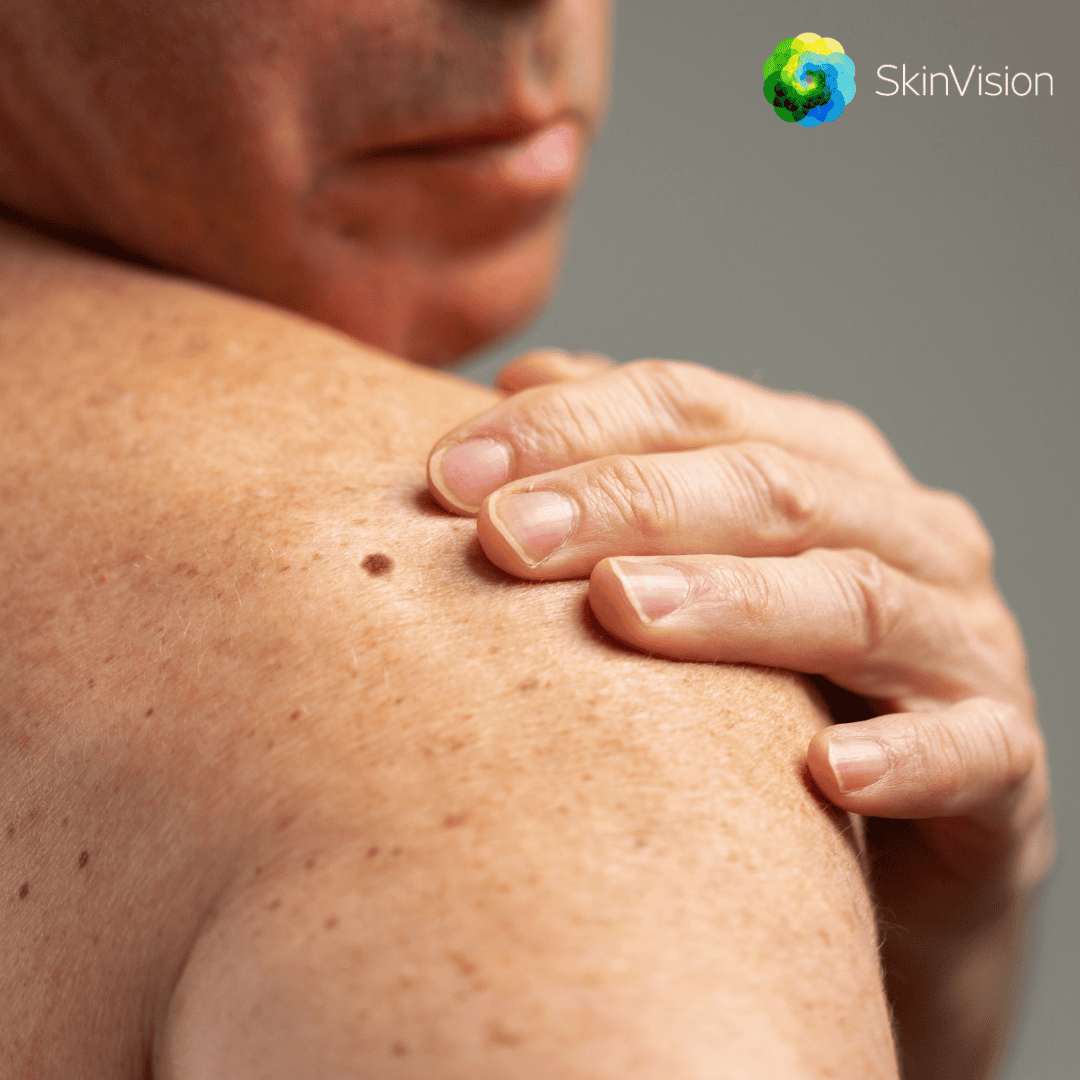
One in six Dutch people will experience skin cancer in his or her lifetime. A disturbing figure, but there is also good news. This form of cancer can often be treated effectively if detected early. More and more apps and devices with integrated AI, for both consumers and clinics, are helping with this.
Why this is important:
Nearly one in three Dutch consumers (29%) use generative AI tools in their daily lives. More are being added all the time. We highlight some useful options.
According to a report by the Integral Cancer Center of the Netherlands (IKNL), the number of people with skin cancer will increase significantly in the coming years. The main cause is excessive exposure to UV radiation from the sun or tanning beds. It is increasingly known that certain genetic mutations also lead to an increased risk.
Apps for consumers
First, of course, it is always wise to go into the sun covered or with sunscreen or limit the number of hours in the sun. In addition, it is important to detect skin cancer in time. But how? For example, with special apps for consumers. When you take a picture of a suspicious spot on your skin with such an app, the AI algorithm analyzes different characteristics of the spot, such as asymmetry, edges, color variations, and size. Most apps target several skin cancers at once, such as melanomas, squamous cell carcinomas, basal cell carcinomas, and actinic keratosis. Take, for example, the app from the Dutch company SkinVision. Based on a photo of the skin, it recommends to consult a doctor, should the need arise. But many others exist, such as Skinive, MoleScope, and DermEngine.
How reliable are such apps really? Some apps, such as Skinvision are scientifically based and included in the basic health insurance package. SkinVision’s algorithm, for example, has been trained with more than 100,000 photos of suspicious spots that have been reviewed by a dermatologist and given risk labels. Yet the app overdiagnoses, causing unnecessary stress. 30 percent of benign spots are rated as malignant. Research also shows that there are many other apps on the market that get it wrong even more often. How well an app does its job has to do, in part, with how much it takes into account the quality of the phone’s camera.

Ever better detection
So there is room for improvement. In the Netherlands, there is plenty of research being done to detect skin cancer even better and faster. Optimized AI models that are being developed now could in the future be applied in the clinic, or even in apps on your own phone.
Scientists at Erasmus MC, for example, recently developed an AI model that predicts risk based on a photo of the face. This AI model outperforms the current method doctors use for risk assessment. For now, the AI model is not yet usable in clinics or apps, but there will be follow-up research.
And more parties are working to improve skin cancer detection. One example is View Derma. The company has an instrument with a multispectral camera that takes images of skin structure from a mole to beneath the skin. This makes it possible to accurately observe whether cells and blood vessels have abnormal shapes, which may indicate the presence of skin cancer. Using existing images of skin cancer and AI, the application analyzes whether cancer cells are present or not.
So AI-based diagnostic models are getting better and better, but we are not there yet. This is especially true for consumer products. Therefore, it is always important to approach analysis with some skepticism.

